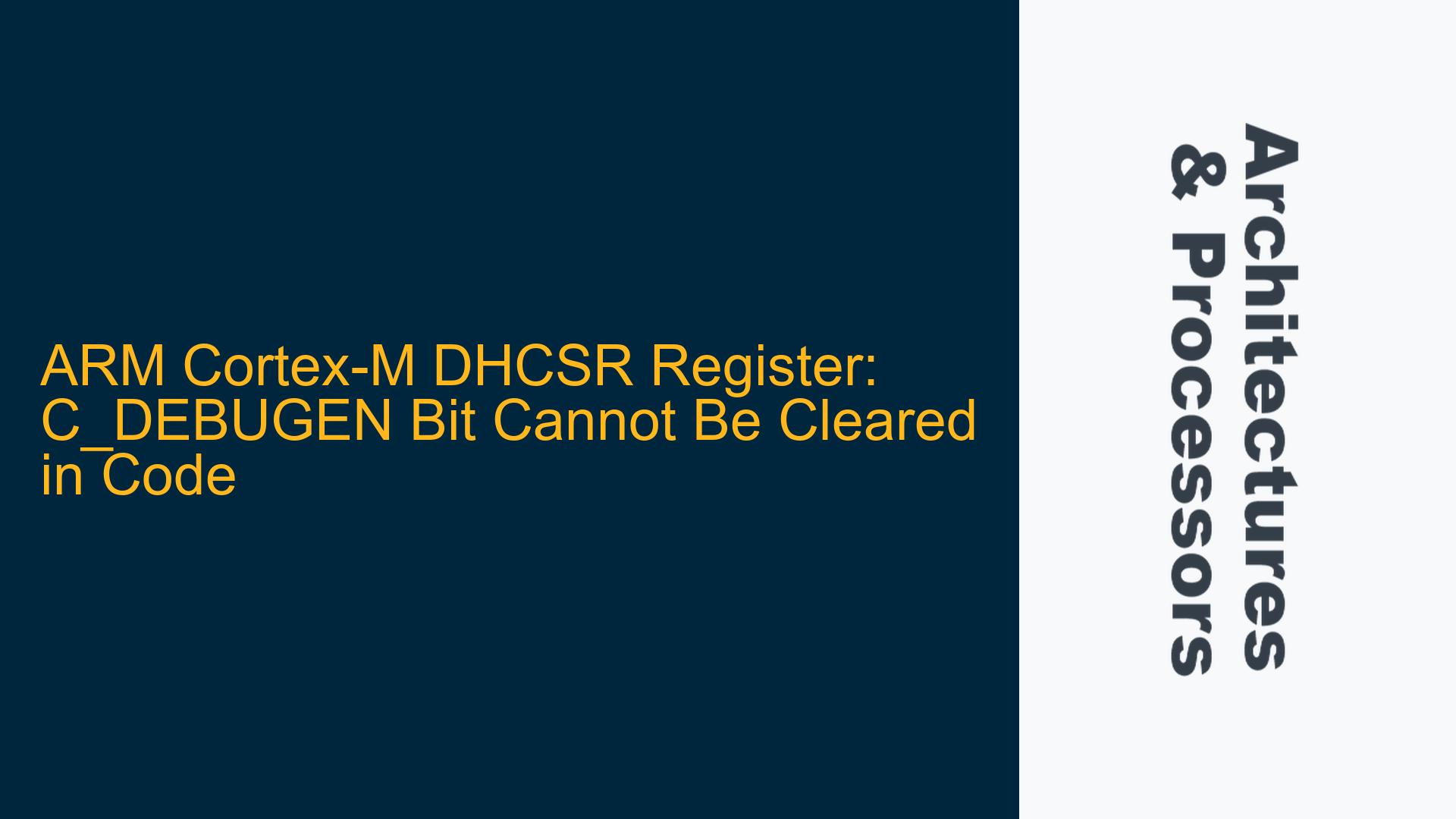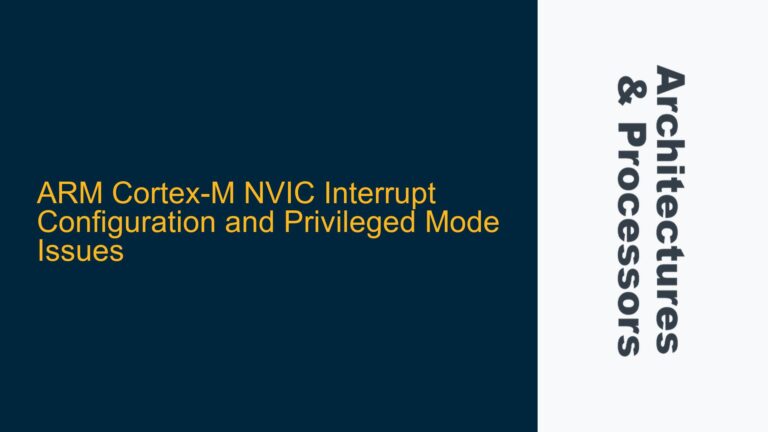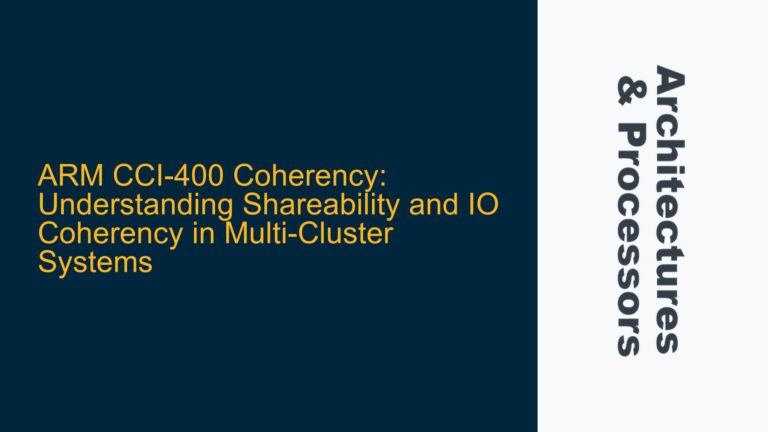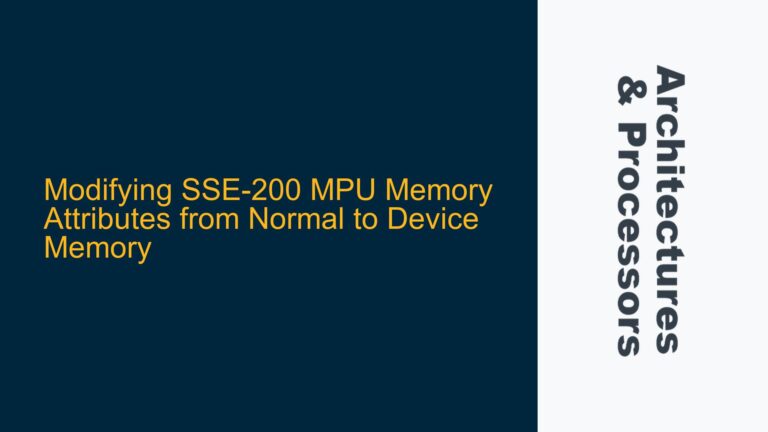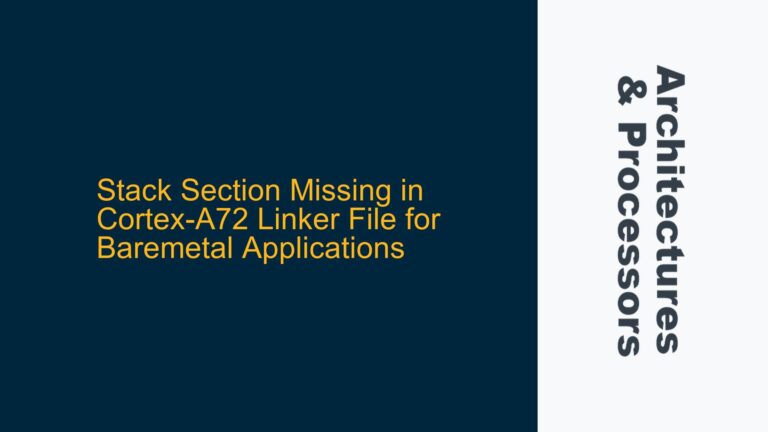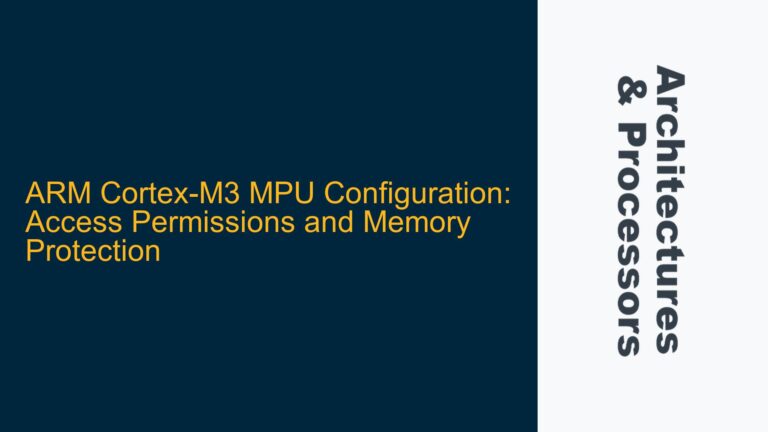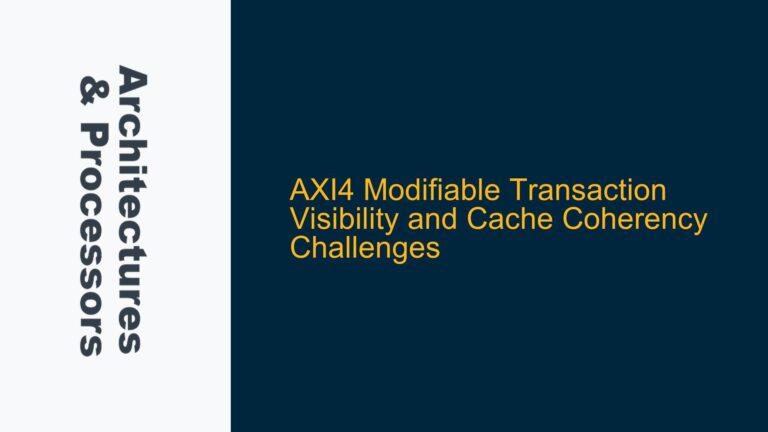Understanding the DHCSR Register and C_DEBUGEN Bit Behavior
The Debug Halting Control and Status Register (DHCSR) is a critical component in ARM Cortex-M processors, primarily used for controlling and monitoring the debug state of the processor. One of its key bits is the C_DEBUGEN bit, which enables or disables the debug functionality. The issue at hand revolves around the inability to clear the C_DEBUGEN bit programmatically, despite attempts to write to the DHCSR register using code. This behavior is not a bug but rather a deliberate design choice by ARM, as documented in the ARM Architecture Reference Manual.
The DHCSR register is memory-mapped and can be accessed at a specific address. The register is 32 bits wide, with the C_DEBUGEN bit located at bit position 0. When this bit is set to 1, the processor enters debug mode, allowing for breakpoints, watchpoints, and other debug features. Clearing this bit should, in theory, disable debug mode. However, as observed, writing to the DHCSR register to clear the C_DEBUGEN bit does not have the intended effect. This is because the C_DEBUGEN bit is write-protected when the processor is in debug mode, and it can only be cleared by external debug tools such as JTAG or SWD.
The ARM documentation explicitly states that the C_DEBUGEN bit cannot be cleared by software running on the processor itself. This is a security feature to prevent accidental or malicious disabling of debug functionality, which could otherwise lead to a loss of control over the processor’s state. The only way to clear the C_DEBUGEN bit is through an external debug probe, which has the necessary privileges to modify the register.
Why C_DEBUGEN Cannot Be Cleared Programmatically
The inability to clear the C_DEBUGEN bit programmatically is rooted in the ARM Cortex-M architecture’s design philosophy, which prioritizes security and reliability. When the processor is in debug mode, it is in a highly sensitive state where the execution of code is controlled by an external debugger. Allowing software running on the processor to disable debug mode could lead to unpredictable behavior, especially if the code being debugged is malicious or buggy.
The ARM architecture enforces a strict separation between the debug environment and the application environment. The debug environment is managed by an external debugger, which has full control over the processor’s debug features. The application environment, on the other hand, is limited in its ability to interact with the debug features to prevent interference with the debugging process. This separation ensures that the debugger can reliably control the processor’s state without being disrupted by the application code.
The C_DEBUGEN bit is part of the debug environment, and its state is controlled exclusively by the debugger. When the debugger sets the C_DEBUGEN bit, it takes control of the processor, and the application code is effectively paused. Clearing the C_DEBUGEN bit would require the debugger to relinquish control, which cannot be done by the application code. This is why attempts to clear the C_DEBUGEN bit programmatically fail—the processor is designed to ignore such writes when in debug mode.
Implementing Debug Mode Control via External Tools
Given that the C_DEBUGEN bit cannot be cleared programmatically, the only way to disable debug mode is through an external debug tool such as JTAG or SWD. These tools have the necessary privileges to modify the DHCSR register and clear the C_DEBUGEN bit. The process typically involves connecting the debug probe to the target device, halting the processor, and then modifying the DHCSR register through the debug interface.
When using a debug probe, the debugger software (such as Keil, IAR, or OpenOCD) provides an interface to control the processor’s debug features. The debugger can read and write to the DHCSR register, allowing it to set or clear the C_DEBUGEN bit as needed. This level of control is essential for debugging complex systems, where the ability to halt and resume the processor at specific points is crucial for identifying and fixing issues.
In addition to clearing the C_DEBUGEN bit, the debugger can also modify other bits in the DHCSR register, such as the C_HALT bit, which is used to halt the processor, and the C_STEP bit, which is used for single-step execution. These features are invaluable for debugging, as they allow the developer to control the processor’s execution flow and inspect its state at any point in time.
For developers who need to disable debug mode programmatically, the only option is to design their system in such a way that the debugger can be disconnected or disabled when not in use. This could involve using a hardware switch to disconnect the debug probe or implementing a software mechanism to disable the debug interface. However, these solutions are not ideal, as they require additional hardware or software complexity and may not be feasible in all scenarios.
In conclusion, the inability to clear the C_DEBUGEN bit programmatically is a deliberate design choice by ARM to ensure the security and reliability of the debug environment. While this may be inconvenient for some developers, it is a necessary trade-off to prevent accidental or malicious interference with the debugging process. The only way to disable debug mode is through an external debug tool, which has the necessary privileges to modify the DHCSR register and clear the C_DEBUGEN bit.
